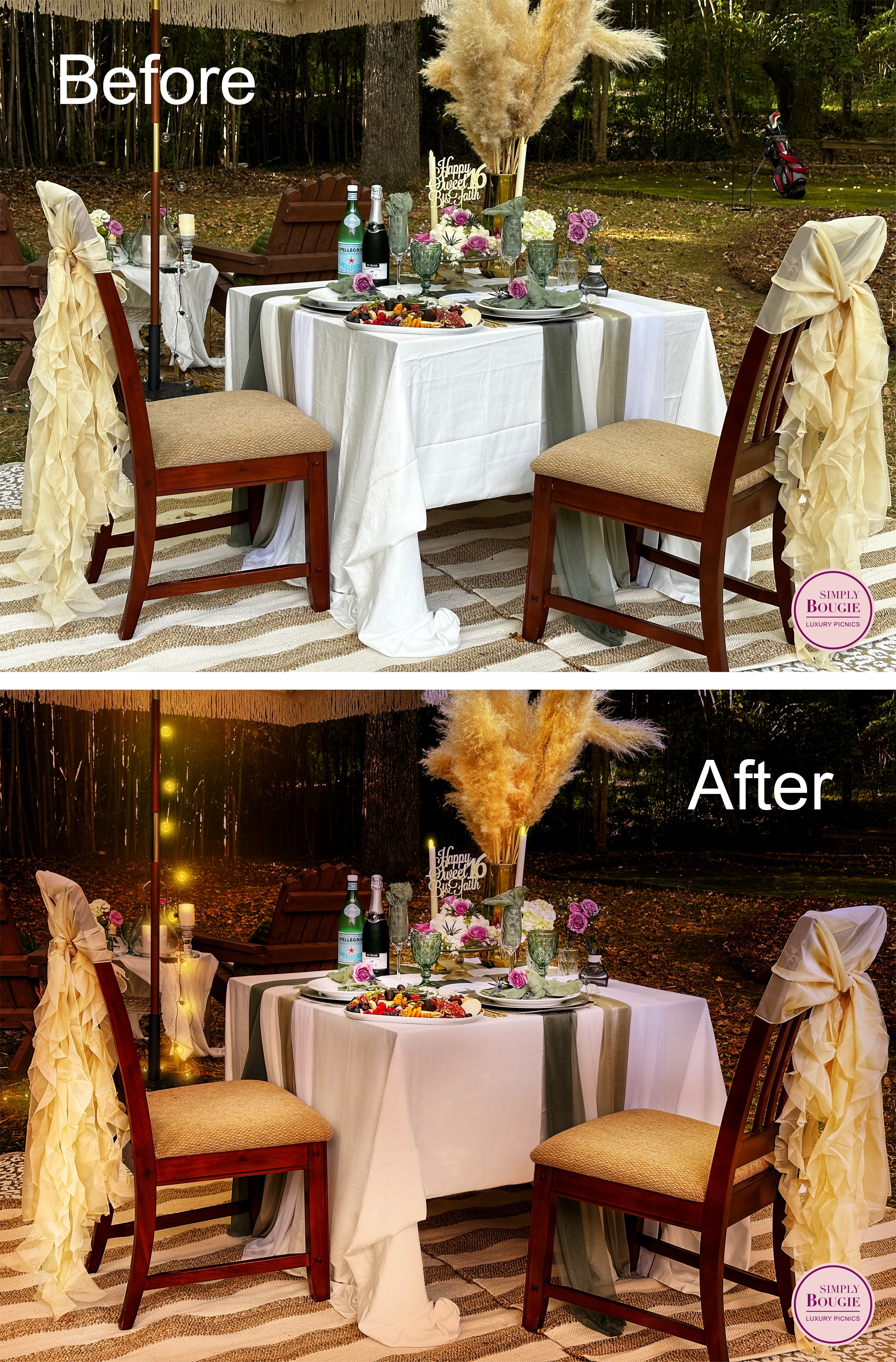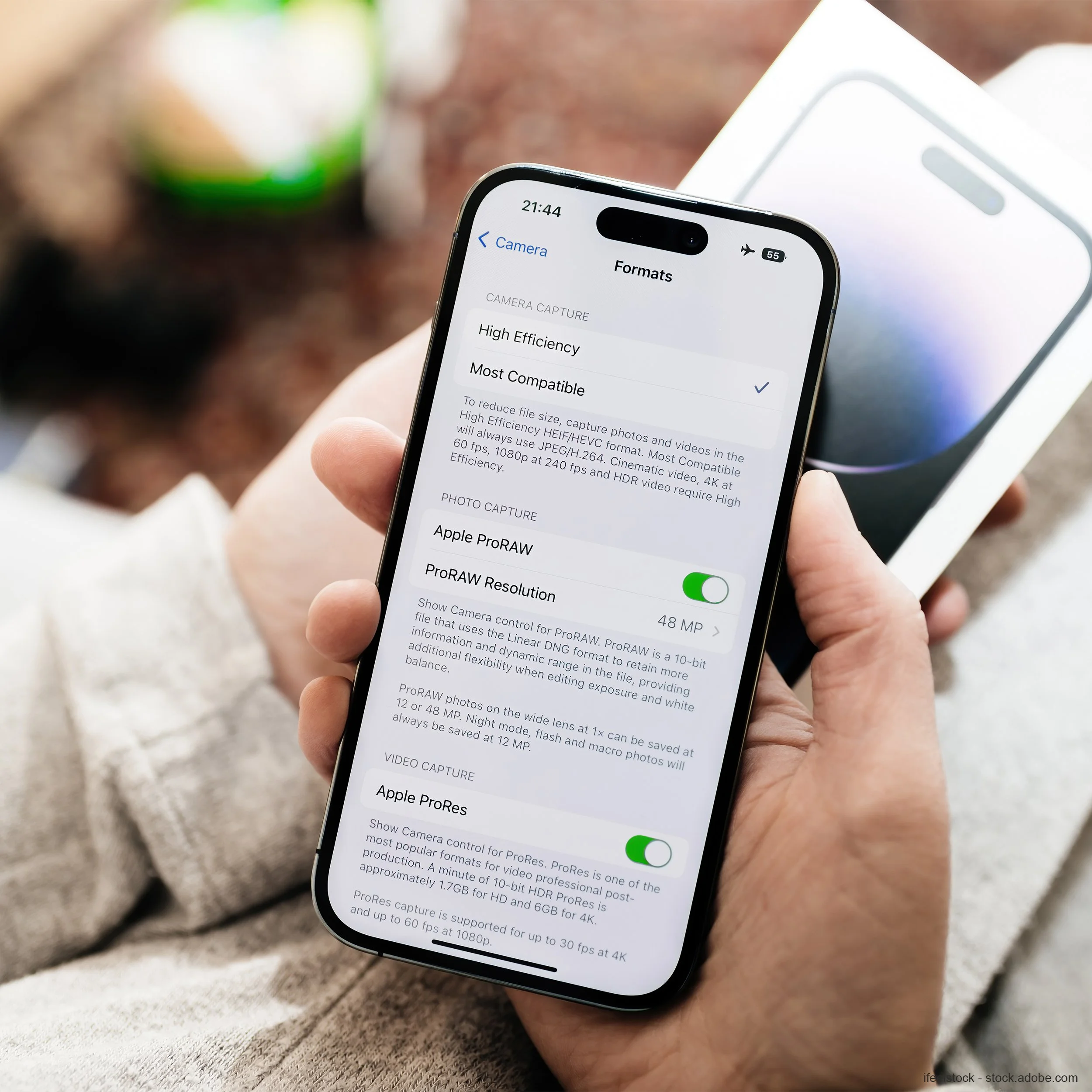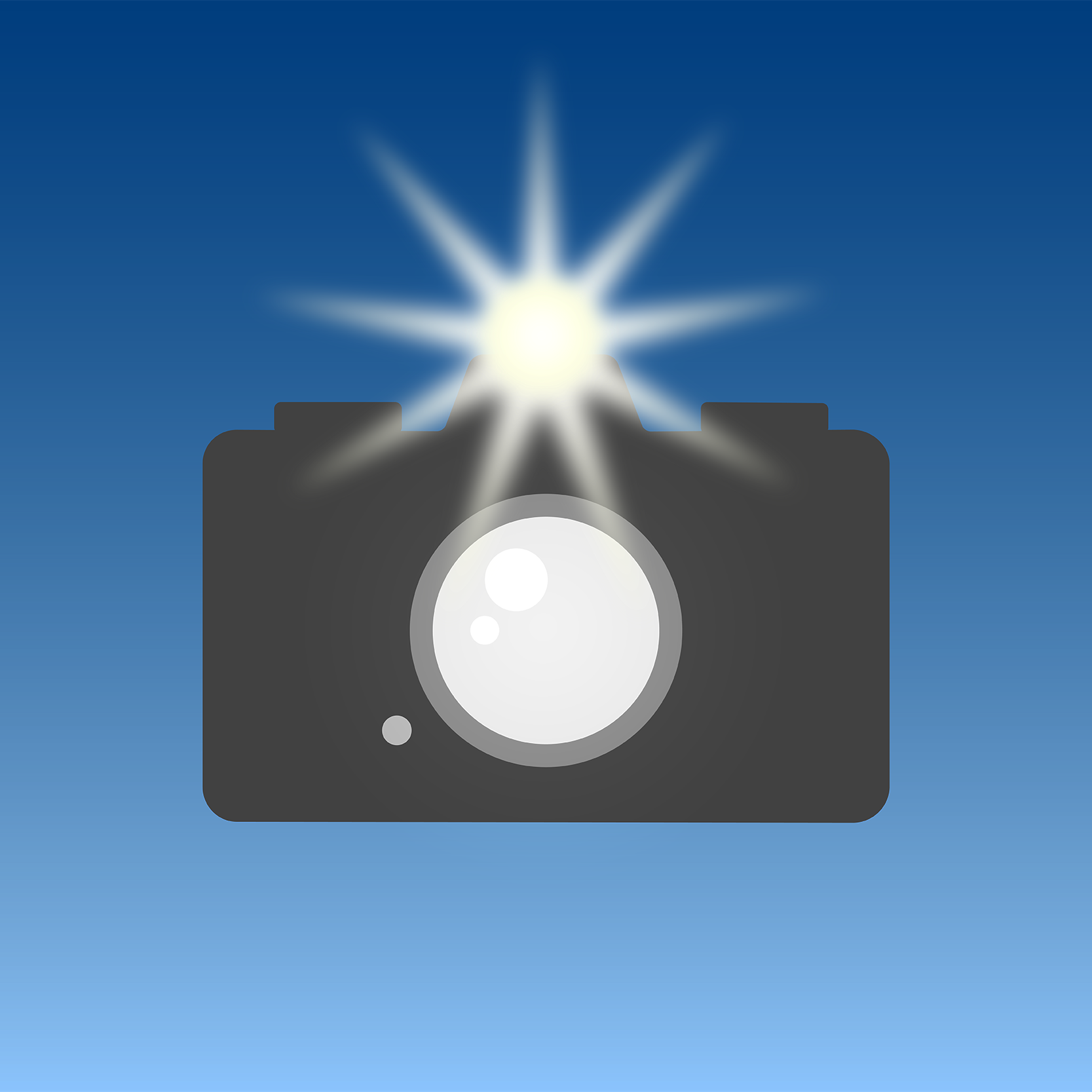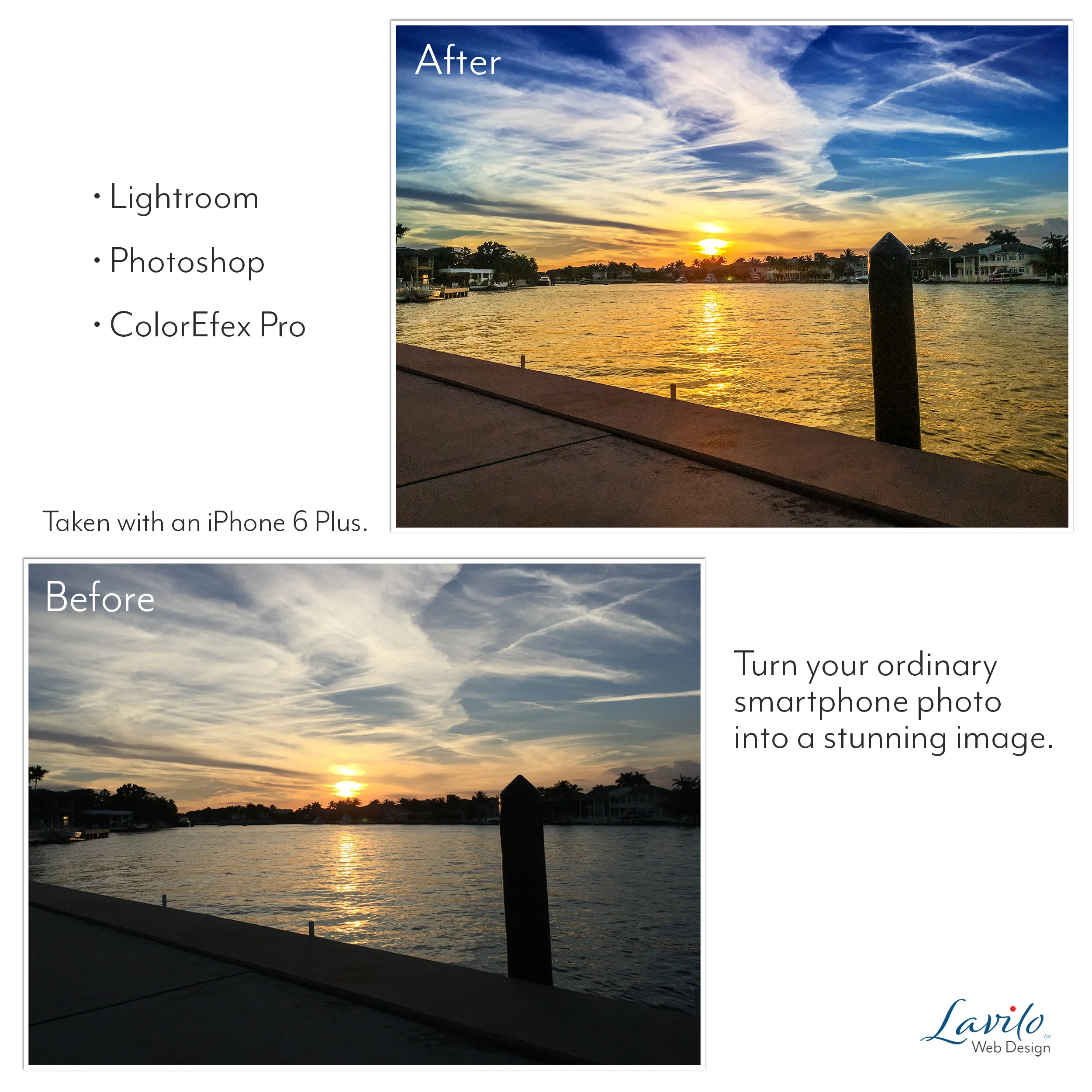Why You Should Retouch Your iPhone Photos
A retouched image shouldn't just look beautiful but also tell a story. — A Halloween-themed luxury picnic by Simply Bougie Luxury Picnics.
The original pictures in this article are iPhone photos taken by Simply Bougie Luxury Picnics with an iPhone 14 Pro.
Yes, you can retouch iPhone photos. You can retouch any image, whether you took it with a professional camera, an iPhone, or any other smartphone.
But should you retouch them?
I get this question a lot. Asking a professional photographer to retouch your iPhone photos can be expensive. So is it worth spending the money to retouch your photos?
It comes down to one crucial question: Does your photo have potential?
Does Your Photo Have Potential?
A retouched image shouldn't just look beautiful but also tell a story. When I retouch a client photo, I focus on revealing that story.
Since most of my clients are small business owners, the story must align with their brand. An off-brand photo, even if it is cute, does not work in a business context. You can keep those in your personal stash.
The image quality should also be high enough to use the retouched picture on a website, in brochures, or in social media posts. Low-resolution images don't make great photos, retouched or not.
Clients usually send me between 20 and 100 pictures to assess. I apply the following three criteria to select the one with the most potential.
1 - Is the Photo Sharp?
Generally, I don't recommend using blurry images unless you are doing it on purpose.
2 - Is the Photo on Brand?
If you send pictures for retouching to use for your business, they need to match your brand. If they don't, put them aside. Share your brand guidelines with your photographer and explain the cause of your business and what it stands for. These discussions will make finding the best photo much easier.
3 - Is the Photo Technically Good?
Here I look at the brightness, contrast, colors, glare, depth of field, and the angle at which my client took the photo. I am not trying to find pro-level shots. Instead, I want to see if the picture gives me enough headroom to correct anything.
For example, if the photo is too dark and I brighten it in Photoshop, unpleasant artifacts from the iPhone's own algorithm can show up and ruin the shot. A more evenly lit image usually avoids this.
Another example is glare. When light from the sun, a lamp, or the flash from the iPhone reflects into the camera's lens, you often see bright white spots in your image. These spots are called glare spots. They are time-consuming to remove. If the area is too big, it is just not worth it.
Photos taken with an iPhone 13 Pro or later seem less processed than those taken with an older model and are generally easier to retouch and can look stunning after retouching them. But make sure to take them in HEIC.
If an image fulfills these three criteria, you might want to consider spending the money to have it professionally retouched. And don't worry if your photo is not perfect as long as it is authentic.
More Authenticity, Less Perfection
Pictures taken with a smartphone often have a significant advantage over photos taken by a professional photographer. They look more genuine and authentic and less staged.
The lighting might be off, or the image a little quirky, but since the smiles and the laughs are natural, the image will instantly connect with your customers.
If your business has a great story to tell, it is better to favor authenticity over perfection. Authentic photos make your brand more approachable, and that's what matters most.















